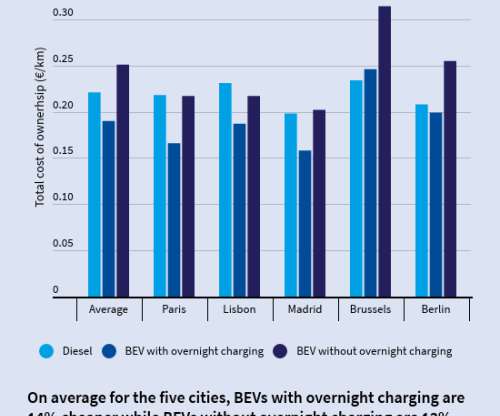Canada and California to work together on cleaner transportation
Green Car Congress
JUNE 27, 2019
Canada’s Minister of Environment and Climate Change, Catherine McKenna, and the Chair of the California Air Resources Board, Mary Nichols, today signed a new cooperation agreement to advance cleaner vehicles and fuels. Canada is currently completing a mid-term review of its light duty vehicle regulations.













Let's personalize your content